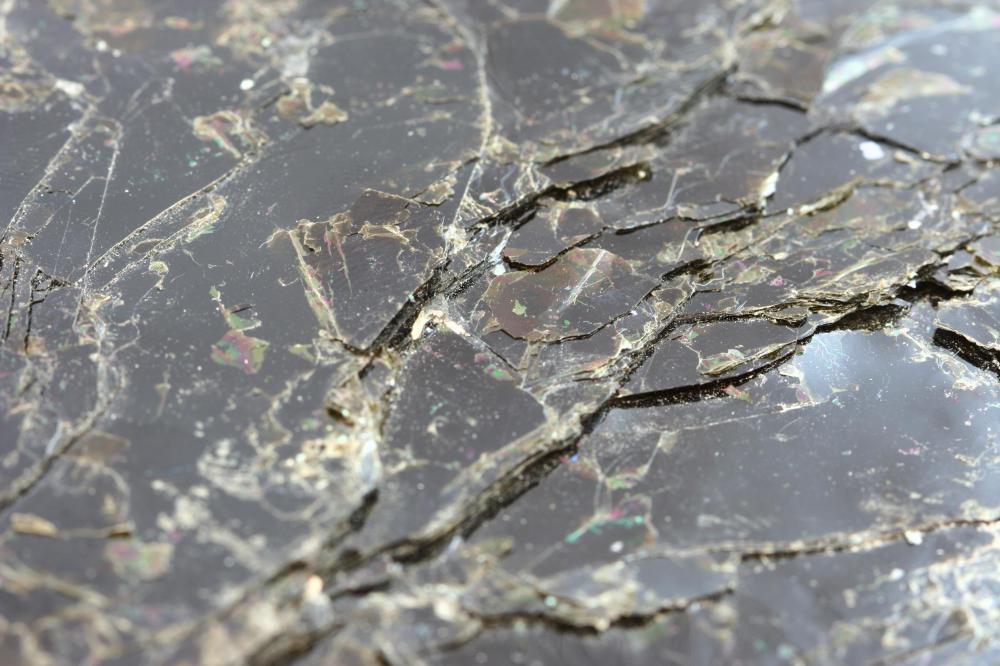At WiseGEEK, we're committed to delivering accurate, trustworthy information. Our expert-authored content is rigorously fact-checked and sourced from credible authorities. Discover how we uphold the highest standards in providing you with reliable knowledge.
What Is a Gneiss?
Gneiss is a common type of surface rock composed of different minerals and is classified as metamorphic. This means that it has undergone some sort of change in the past, often due to heat or pressure, that has changed its structure without melting it in the process, which would then classify it as igneous. One of the most common features of gneiss rock is that it has a banded or striped internal structure, which is usually the result of alternating layers of dark and light silicate compounds that make it up.
The term gneiss actually refers to the texture of the rock instead of its chemical composition, where light and dark layers alternate such as in granite gneiss that is used for kitchen counter tops. Bands such as alternating feldspar and quartz can give gneiss a pink-and-white striped appearance. Horneblende is another common component, which is a dark-green form of calcium, magnesium, or iron, and is often mixed with mica in a series of layers to give the rock a green-and-gray or white banding.

Though metamorphic rock does not actually melt in the formation of gneiss, it does have to reach a fairly high temperature for the various types of minerals to separate out into different layers. This takes place in the range of 1,112° to 1,292° Fahrenheit (600° to 700° Celsius) and results in the inner structure of the minerals forming into a granular texture, which can be either course or medium-grained. If the minerals are different enough and have separated out to a fine degree in gneiss rock, it has a limited tendency to fracture along the lines of individual layers.
The internal structure of gneiss rocks can often have a slightly glittering effect due to the presence of minute crystals of mica and quartz that catch and reflect the light. The rock itself originates from rock that was igneous or sedimentary before it was heated and reformed, so it has a tendency to carry some crystalline structures along with it in the process. Some researchers believe that the origin of the name gneiss can be traced to an ancient German verb of the same spelling, which means “to spark.”
The most common form of the rock tends to be one composed of quartz and one of several types of feldspar, since these minerals are widely present in nature. They form lighter-colored versions of such specimens, though many other mineral combinations are possible, including minerals such as pegamite, biotite, and zircon. The formation of gneiss usually destroys any fossils that may have been previously present, but the presence of compounds such as zirconium silicate can be used for geological dating. Gneiss rock is believed to be both the dominant form of rock in the Earth's lower crustal layers, and in certain locations, such as Greenland. Carbon compounds in such rocks provide for evidence of life that stretches back almost 4,000,000,000 years.
AS FEATURED ON:
AS FEATURED ON:











Discuss this Article
Post your comments